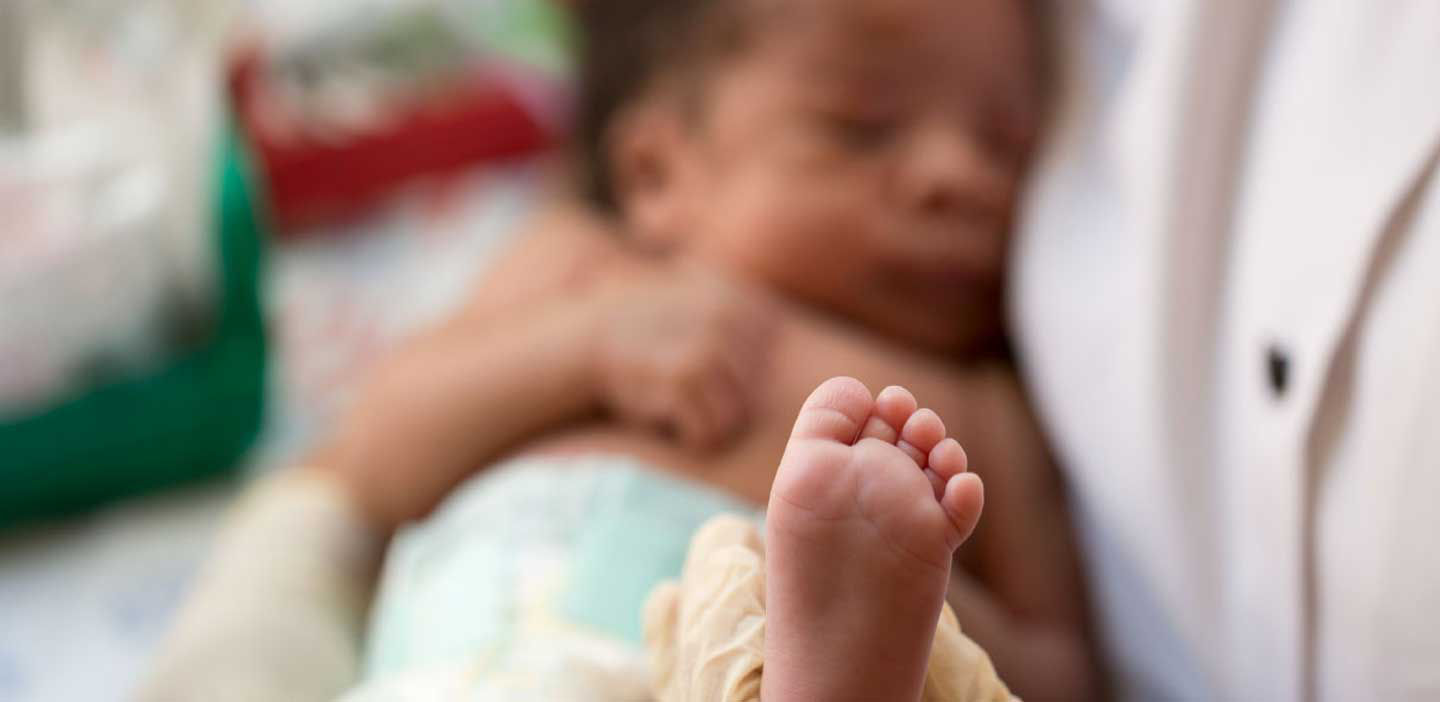Mother-to-child HIV transmission, which can happen during pregnancy, labor, delivery, or breastfeeding, occurs at a rate of 15% to 45% with no intervention; however, effective interventions can reduce this rate to less than 5%.1 In settings with a high prevalence of HIV, WHO recommends provider-initiated HIV testing and care for all pregnant women, as well as retesting during the third trimester, during labor, or shortly after delivery.2 Women who test negative should be retested periodically if they breastfeed their infant so they can promptly receive interventions to prevent transmission to their infant.
Importance of testing newborns
Early identification of HIV infection in newborns is essential to initiate treatment promptly. Research has shown that babies with HIV are more likely to survive if they begin treatment before they are three months old.3 Without treatment, about one third of children living with HIV die by their first birthday and half die by their second birthday.4

